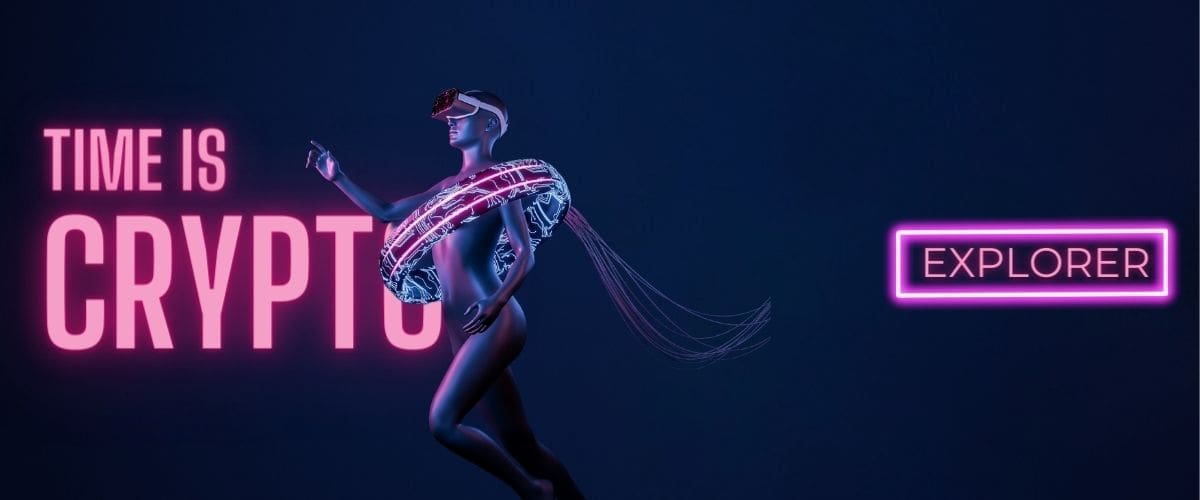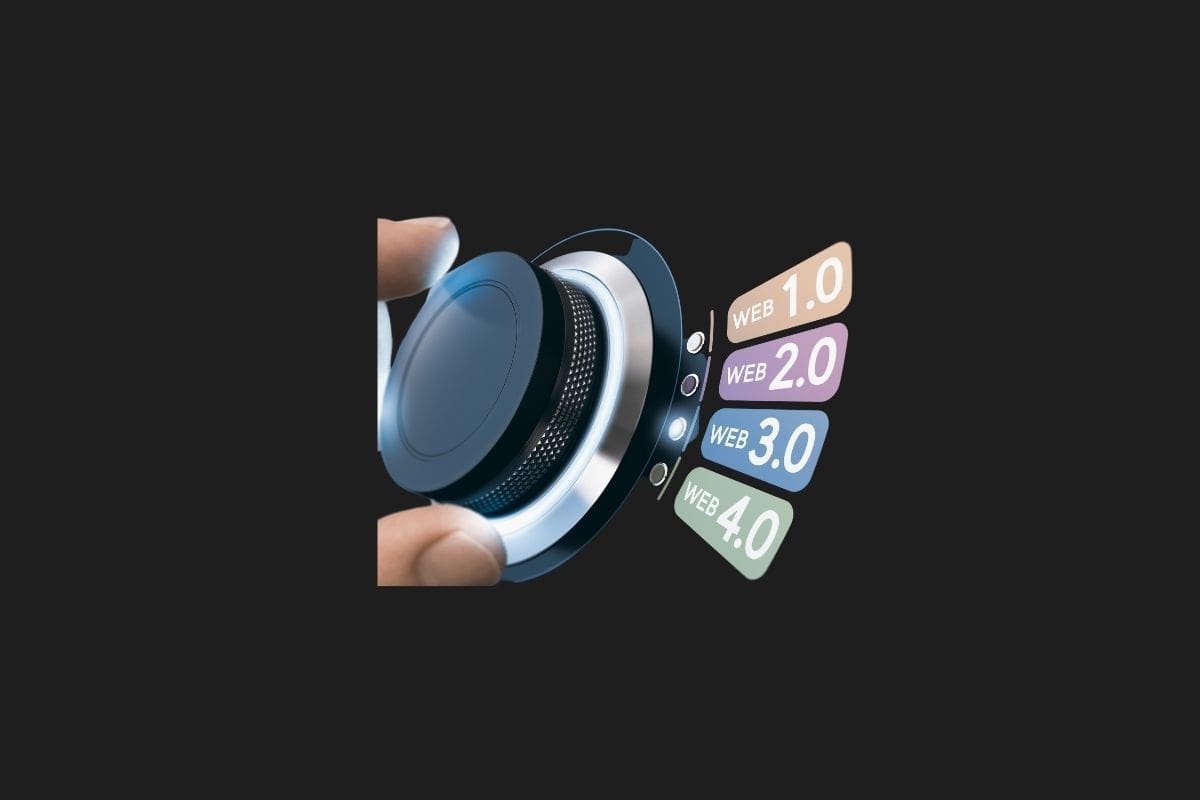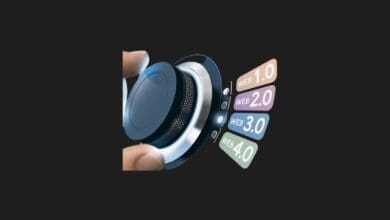Web 3.0 represents the next evolution of the internet, bringing together advanced technologies like decentralization, artificial intelligence, machine learning, the semantic web, and the Internet of Things (IoT) to offer users a richer and more interactive experience. This article will delve into the core features of Web 3.0 and explain how this new generation of the internet is poised to transform the digital world.
1.Semantic Web: The Depth of Meaning
One of the most prominent features of Web 3.0 is its use of the semantic web. The semantic web enables data to be more meaningful and accessible by defining relationships between different pieces of information so that both humans and machines can understand and interpret it. This leads to more relevant and user-centric search results, making information easier to access. For instance, when a user searches for “best coffee shops,” the semantic web understands the context of the search and delivers the most appropriate results.
2.Machine Learning and Artificial Intelligence: The Intelligence of the Future
Web 3.0 leverages machine learning and artificial intelligence (AI) technologies to make the internet smarter. With the help of natural language processing (NLP), machines can interact and behave in ways that are similar to humans. A popular recent example is ChatGPT, which demonstrates how these technologies can be applied. AI and machine learning help in better understanding user needs, offering personalized and optimized content to users.
3.Internet of Things (IoT): A Connected World
Web 3.0 also incorporates the concept of the Internet of Things (IoT). IoT allows different devices and applications to communicate with each other, ranging from smart home systems to health monitoring devices. With IoT, users can manage and automate data flows between devices more efficiently. For example, a user can set an alarm clock to be connected to a coffee maker, ensuring that a fresh cup of coffee is ready as soon as they wake up, illustrating how IoT can integrate into our daily lives.
4.Decentralization: Secure and Controllable
Web 3.0 is built on a decentralized structure, meaning that data is stored across multiple locations rather than in a single centralized authority. This feature makes the internet more secure and user-friendly, giving users greater control over their data while minimizing security risks. Decentralization also makes information sharing more transparent, which is a significant advantage in the new internet era.
5.3D Graphics: Realistic and Interactive Experiences
Web 3.0 uses 3D graphics across various applications, from video games and virtual tours to e-commerce and educational platforms. These graphics offer users more realistic and interactive experiences. Virtual reality (VR) and augmented reality (AR) technologies, in particular, play a crucial role in Web 3.0, enabling users to engage with the digital world in a deeper, more immersive way than ever before.
6.User-Centric Interaction: Privacy and Security at the Forefront
Web 3.0 allows users to interact publicly or privately, depending on their privacy and security needs. Users can control how and with whom they interact, making the internet safer and more user-friendly. This is especially important on social media platforms, where the increased control over data is one of the key benefits that Web 3.0 offers.
Web 3.0 promises a smarter, more secure, and more interactive version of the internet. By combining features like the semantic web, artificial intelligence, the Internet of Things, and decentralization, Web 3.0 has the potential to reshape the digital world. This new generation of the internet gives users greater control over their data, offering a more personalized and secure experience. The innovations brought by Web 3.0 will not only shape the future of the internet but will also create revolutionary changes in the digital landscape.
You may also like this content
- The Term GM in the NFT World: Meaning and Significance
- Understanding the 1:1 Art Term in NFTs: What Does It Mean?
- Understanding the “1/1 of X” Term in NFTs


